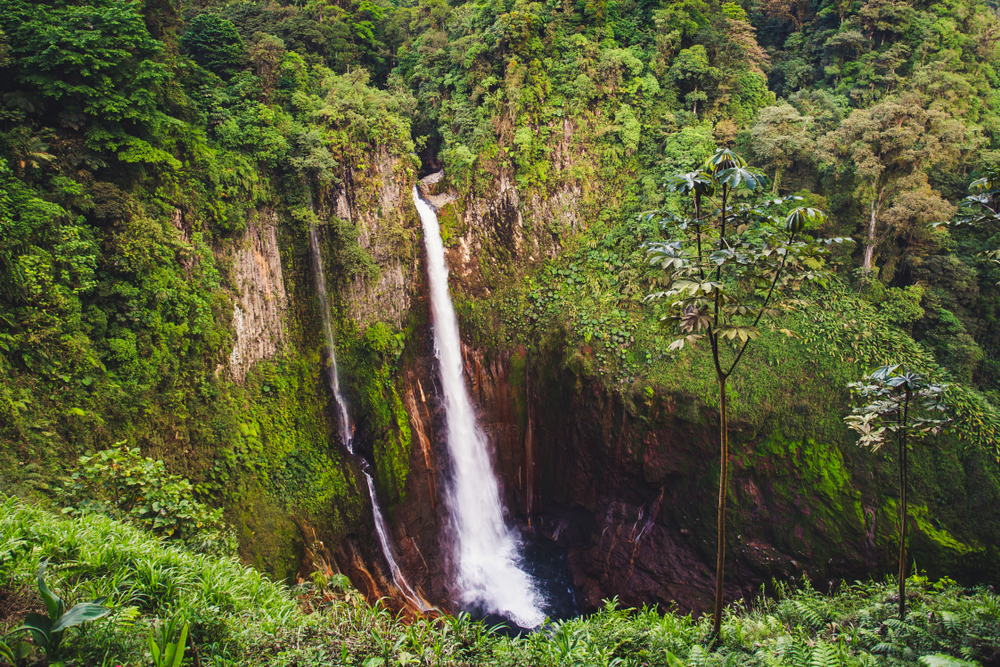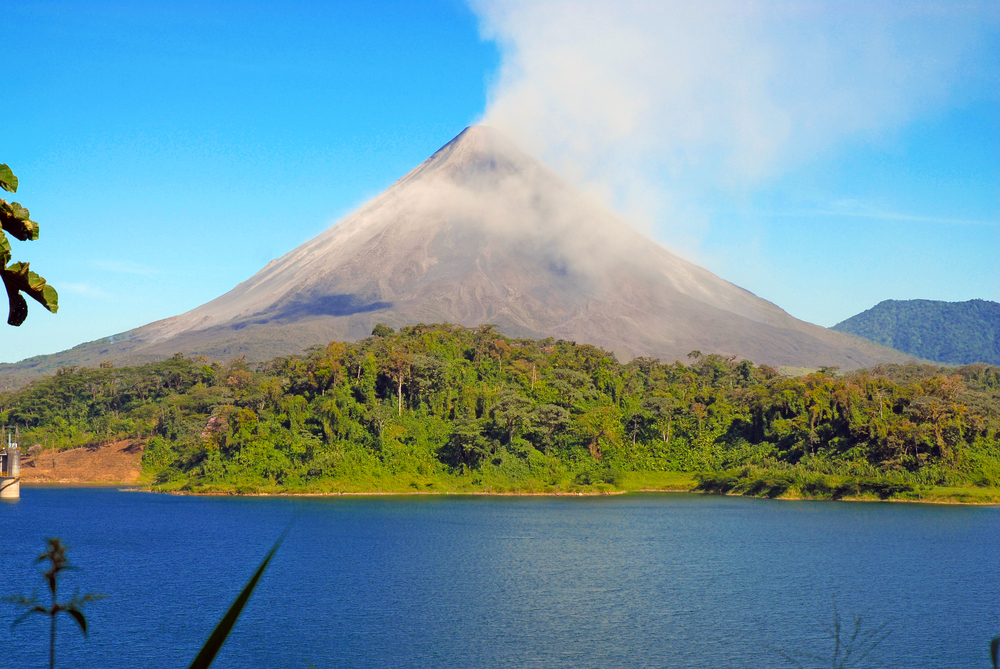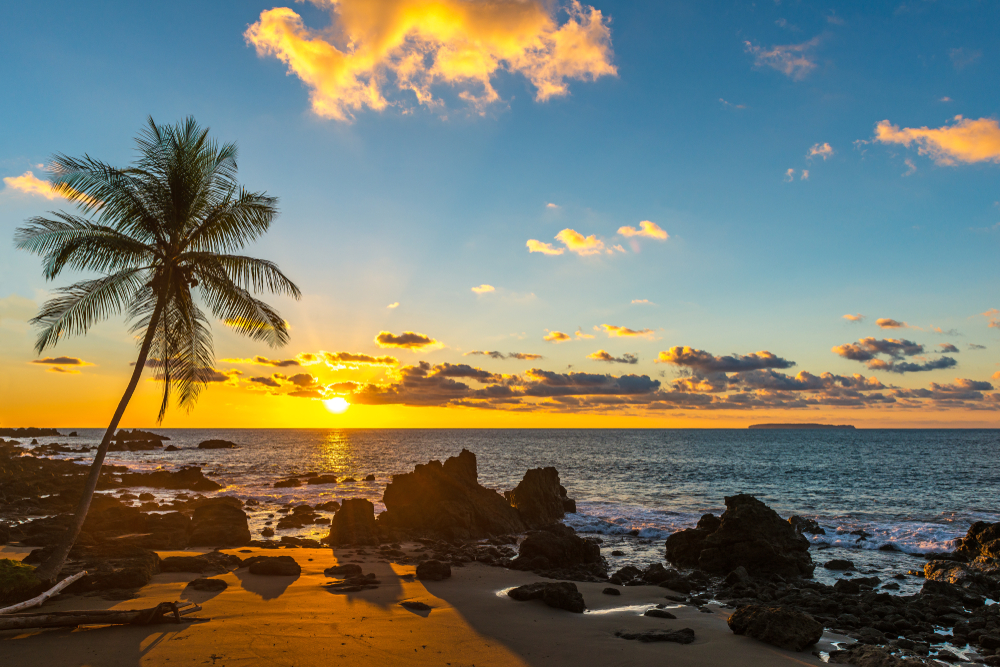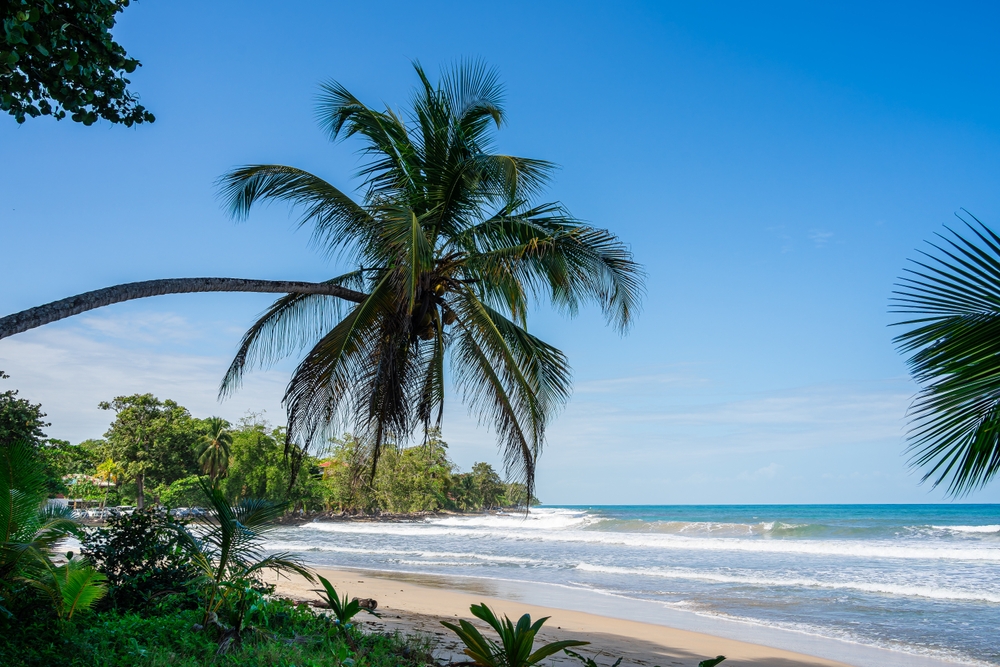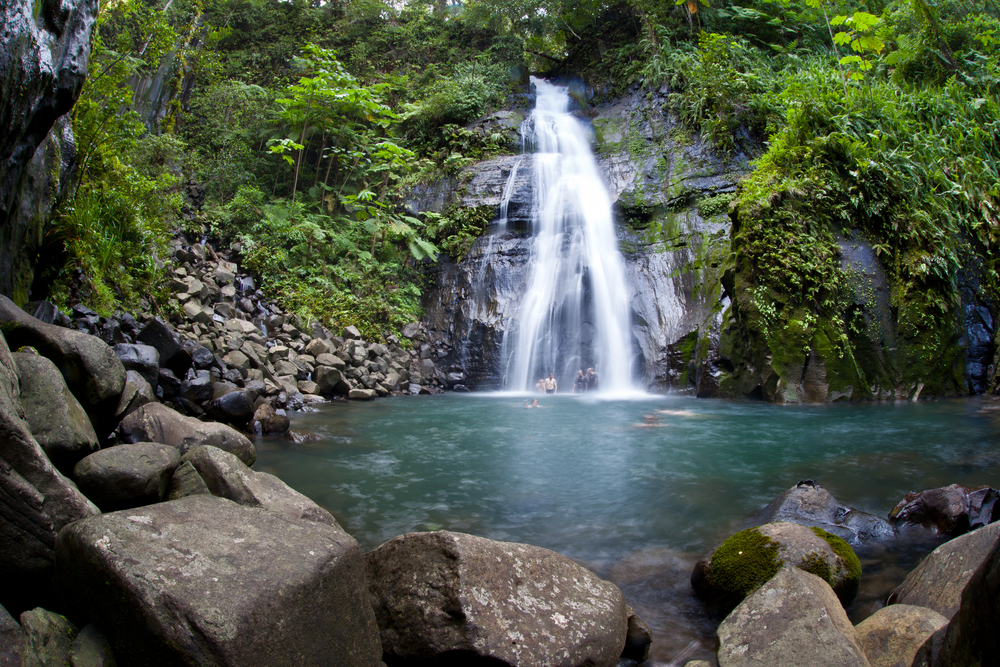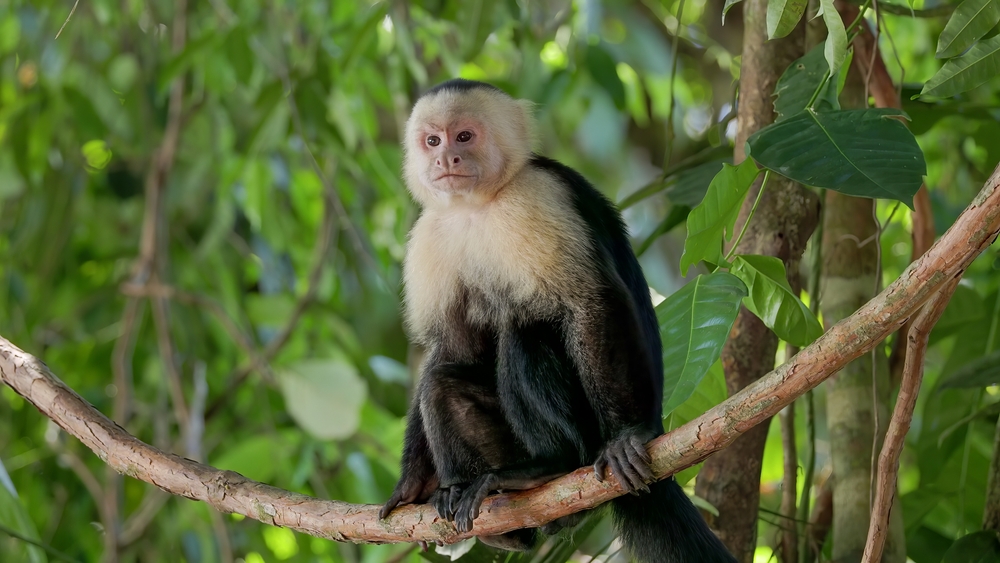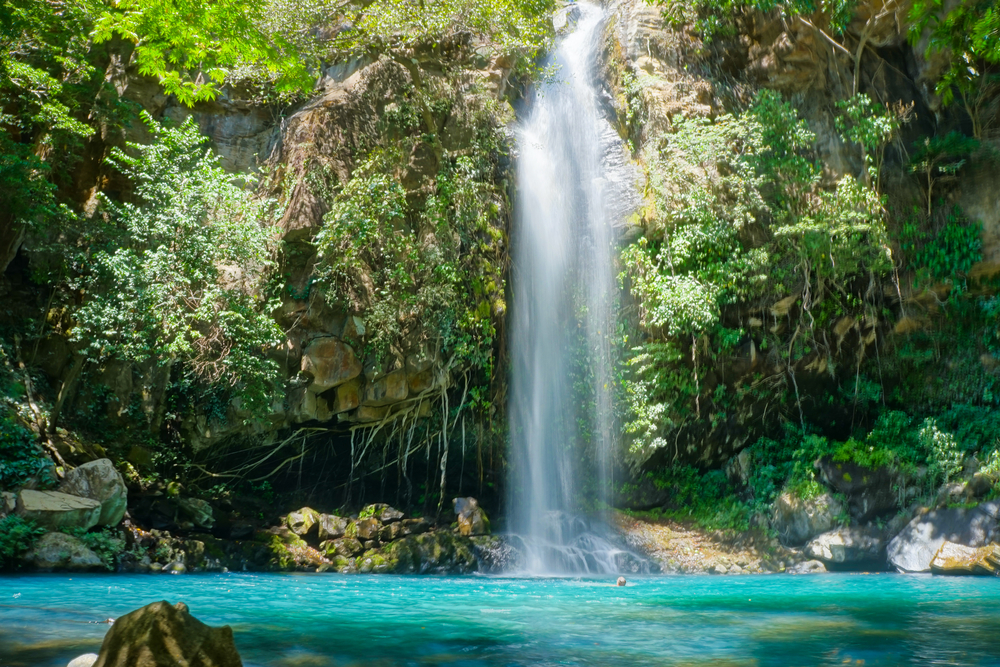Juan Castro Blanco Overview
Juan Castro Blanco National Park, known locally as Parque Nacional Juan Castro Blanco, is a remarkable natural reserve in Costa Rica, covering approximately 56 square miles (145 square kilometers).
It is located in the Alajuela Province in the northern part of the country, near cities such as Ciudad Quesada and Zarcero. Often called the “Water Park” due to its role in protecting crucial water sources, the park is an essential watershed area that supplies fresh water to numerous surrounding communities. Its volcanic origins and diverse ecosystems make it an exceptional destination for nature enthusiasts.
The park features a varied landscape characterized by cloud forests, rainforests, and volcanic terrain. With elevations ranging from 700 to over 2,200 meters (2,297 to 7,218 feet) above sea level, Juan Castro Blanco National Park boasts rich biodiversity and breathtaking scenery.
It is home to several dormant volcanoes, including Platanar Volcano, Porvenir Volcano, and El Viejo Volcano, all of which contribute to the park’s rugged terrain. Numerous rivers originate within the park’s boundaries, feeding into key waterways such as the Toro River and Aguas Zarcas River.
The park’s forests are lush with a mixture of old-growth and secondary growth, featuring towering oak trees, epiphytes, mosses, and ferns that thrive in the misty, humid environment. Orchids and bromeliads flourish, adding bursts of color to the dense green canopy.
Wildlife in Juan Castro Blanco National Park is abundant, with a variety of mammals, birds, and amphibians making their home in this protected area. Among the notable species found here are Baird’s tapir, jaguars, ocelots, and white-faced capuchin monkeys, all of which depend on the park’s dense forests for survival.
Smaller mammals, such as agoutis and coatis, are commonly spotted along trails. Birdwatchers are particularly drawn to the park, as it is one of the best places in Costa Rica to spot the resplendent quetzal, a vibrant bird with iridescent green plumage and a long tail, revered by indigenous cultures.
Other bird species include the three-wattled bellbird, emerald toucanet, and black guan, making the park a paradise for ornithologists. Amphibians, including poison dart frogs and the endangered golden toad, also thrive in the park’s damp environment.
Visitors are captivated by the park’s remote and pristine nature, which offers a more secluded experience compared to some of Costa Rica’s more frequented national parks. Hiking is the primary activity, with trails winding through dense forests and leading to scenic viewpoints overlooking volcanic peaks and valleys.
The rivers and waterfalls within the park provide serene spots for relaxation and photography. The region’s hot springs, heated by underground geothermal activity, are another highlight, offering visitors a chance to unwind in naturally warm waters after a day of exploration. Camping and guided tours are available for those seeking a deeper connection with the park’s ecosystems.
Conservation efforts in Juan Castro Blanco National Park focus on protecting its vital water sources and rich biodiversity. However, challenges such as deforestation in surrounding areas, illegal hunting, and climate change continue to pose threats.
Despite these obstacles, the park has remained a critical conservation success, with government agencies and local communities actively working to preserve its natural beauty. Reforestation programs and strict regulations help maintain its status as an ecological haven, ensuring future generations can experience its splendor.








































































